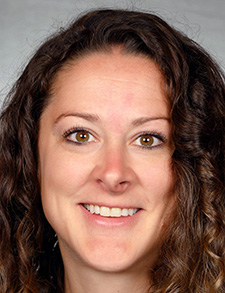Clinical question: Does the time to first antibiotics affect the risk of progression to septic shock?

Dr. Richardson
Background: The Surviving Sepsis Campaign emphasized early infection recognition and antibiotic administration to reduce sepsis-related morbidity and mortality. While delayed antibiotics during severe sepsis can lead to septic shock and increased mortality, the Infectious Diseases Society of America now advocates for a tailored approach to antibiotic use based on risk/benefit balance. This study evaluated the risk of progression to shock and subsequent mortality in patients not yet diagnosed with sepsis.
Study design: Retrospective cohort study
Setting: University of Kansas Hospital Emergency Department
Synopsis: From March 2007 to March 2020, more than 74,000 patients aged 18 or older with suspected but unconfirmed sepsis were evaluated; 7.4% (5,510) of patients progressed to septic shock. On evaluation, patients who appeared sicker on presentation (with higher quick sequential organ failure assessment, or qSOFA, and systemic inflammatory response syndrome, or SIRS, scores) progressed to shock more often despite getting antibiotics earlier. However, even in patients who presented with vague or milder symptoms, with each passing hour without antibiotics, the risk of septic shock increased, especially in the first five hours. Despite early antibiotic administration, 3% still progressed to shock and had increased mortality. This underscores the need for prompt antibiotic use in all suspected sepsis cases, not just confirmed ones, to mitigate shock risks and enhance in-hospital survival. Limitations include the study’s retrospective nature, single-center focus, inability to assess antibiotic appropriateness and therapy duration, and reliance on infection signs without a confirmed diagnosis.
Bottom line: Even in patients with suspected but undiagnosed sepsis, early antibiotics can prevent progression to shock and death.
Citation: Bisarya R, et al. Antibiotic timing and progression to septic shock among patients in the ED with suspected infection. Chest. 2022;161(1):112-20.
Dr. Richardson is a hospitalist and assistant professor in the department of internal medicine, division of hospital medicine at the University of New Mexico Hospital, Albuquerque, N.M.